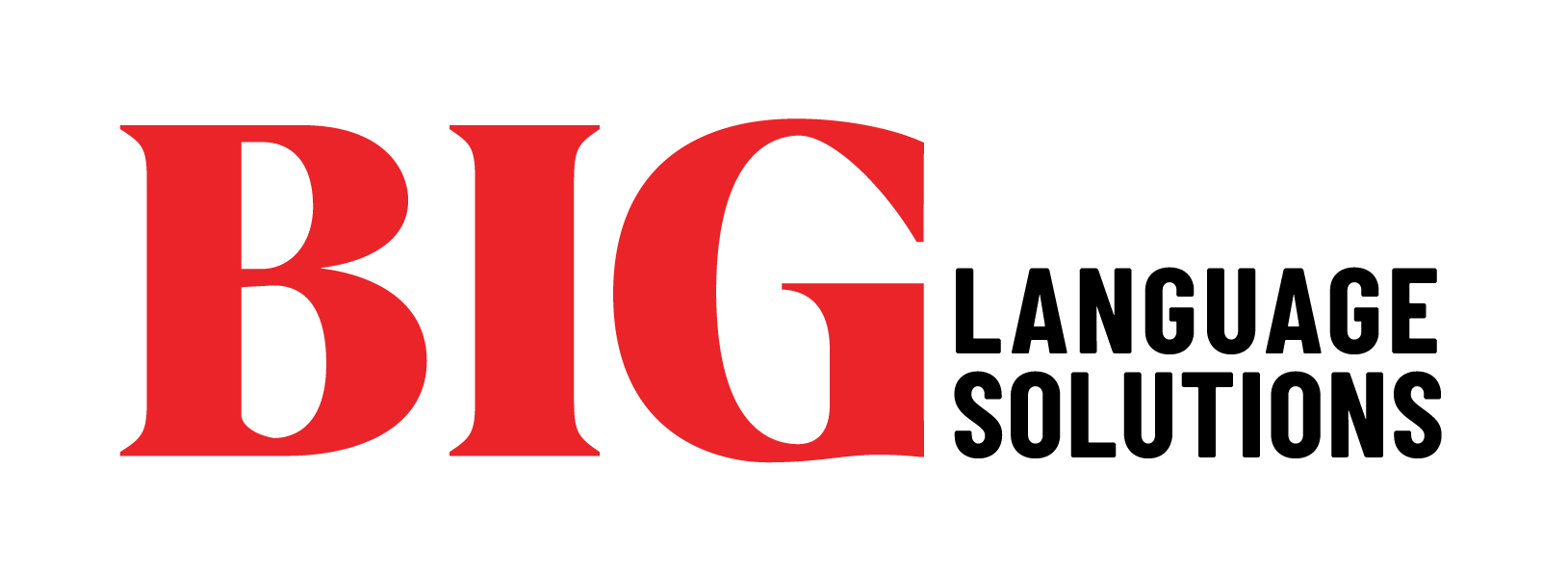lean workflows: Designed to grow efficiencies & make clients happier
Oskar is a German medical researcher for a global pharmaceutical company, which requires his latest research to be made available to its R&D personnel worldwide. The company often requires interpretation and certified document translation services and has retained a language service provider for these needs.
The conventional language translating workflow goes like this: Download-Import-Translate-Export-Review-Upload-Approve
Oskar’s company uploads documents that require translating to its language service provider who analyzes the document, assigns a translator, and uploads the translated version back to the client who reviews it.
Here begins the rigamarole.
In the next steps, the client reviews the translation, makes changes, provides feedback and indicates localization issues that may need rectifying.
The work is then returned to the language service provider, who again goes through the workflow stages of import-translate-export and review to seek the client’s approval. After a few rounds of such reviews, the client may request a back translation and institute more changes. After much back and forth and repeated proof-reading and formatting, the document is finally approved and the manuscript delivered.
Obviously, transaction costs for both client and language service provider escalate with every change and review.
Here’s how we differentiate ourselves:
- We combine our vintage service values with forward-thinking technology to make our processes increasingly efficient for us and our clients.
- Our proprietary workflow maximizes in-context localization solutions that allow our translators to understand the linguistic and situational environment in which the word or sentence is used. This mechanism shows varied elements that place the source text within its native setting to reduce chances of localization errors and help our language experts produce high-quality translations.
- We commit ourselves to continuous ideation and execution of new value propositions. We have blended language and service excellence with technology to drive efficiency throughout the translation process, both for our clients and us.
- We use updated technologies to deliver security-first, agile, and lean workflows and methods in our endeavor to make the process easier and more efficient for our clients and ourselves. For instance, we are building our own computer-aided translation (CAT) tool, a software that would help our expert translators do their work with more ease and consistency.
- As industry leaders with more than 45 years of experience, we can deliver all forms of traditional language services to our clients in more than 200 languages and dialects.
- We work with every client to custom-automate their translation and interpretation needs according to their unique workflows.
Localization & Context
Localization ensures that all translated content is culturally optimized to the target language and space. Thus, if Oskar’s company sends a document to its laboratory in Argentina, the paper would, of course, be translated into Spanish but that would not be enough.
The manuscript must also be culturally adapted for an Argentinian, and not just a Spanish reader. To do this, words, idioms, phrases, visuals, fonts, popular culture references, tone of the text, terms of address, and so many other factors have to be aligned to the uniquely Argentinian milieu, the purpose of the document, as well as to the domain-specific professional context.
There cannot be any effective communication without context
The context of a text is not in the words people read. Rather, it belongs to all the gaps between the words, where the intended meanings are hidden. Thus, to be efficient, a linguist would need to know the contexts of both Oskar and the Argentinian researcher who will read his paper in Spanish.
The unique medical jargon used in Germany and in Argentina; the tiny regional differences and nuances within the two countries; the individual local conventions; the available reference materials; the social and political realities, the cultural, seasonal, ecological, and geographical differences; as well as what Oskar intended would have to be taken into account to provide accurate translating services that are true to both the source and the target.
Protranslating has worked hard to develop a proprietary workflow that maximizes in-context localization solutions to bring efficiencies to clients and our teams. We have built our technology and processes on our vast experience and our distinctive agile and lean approach to software solutions.
In the case of Oskar’s document, the process would begin with an in-depth context sharing between the client company and our team before we would import, translate, internally review the document within its intended context. We would return the translated document to the client only when we are satisfied with the resulting in-context localization. The client would then review the document, also within its intended context, and approve it.
Thus, the text is viewed in its surrounding environment from the very beginning of the translation task and the source and target contexts are taken into account at every stage of the workflow. This system is obviously more advanced, demanding, and rigorous in terms of quality and service, but it optimizes efficiencies at both ends of the business spectrum.
Delivering the best interpretation services when and where our clients need it most
Let us say that Oskar’s company would like him to go to Japan next week to personally explain his research processes and results to researchers in its Japanese laboratory. Oskar would now need interpretation services.
In the usual sequence of events, the client asks a language service provider to find a qualified, certified and available interpreter. These three attributes are not easily combined, and such interpreters are difficult to find at short notice, or when they are most needed. The odds of finding the right interpreter who is culturally and linguistically fluent in both German and Japanese and has contextual expertise in medical science and pharmacology are not very good. Oskar can only cross his fingers and hope for the best outcome.
Our efficient workflow is designed to ensure our interpreters are available exactly when and where our clients need them. Our proprietary technologies and processes create a failsafe system that makes us an industry leader in the on-time scheduling and delivery of interpretation services anywhere in the world.
We understand that the only way to save our clients time and money, as well as satisfy the complex needs of our global customers, is through the cultivation of a worldwide network of qualified, certified, and available interpreters in as many language combinations as possible.
Vintage values, forward focus
We live by the Protranslating motto. We appreciate and respect the unique qualities, requirements, and work-processes of each of our clients and customize our translation and interpretation services to their contexts. That is our way of always delivering value to all our clients.
Do you need a certified document translation service? Would you like to know more about our lean workflows and professional interpretation services?
Do contact us.








